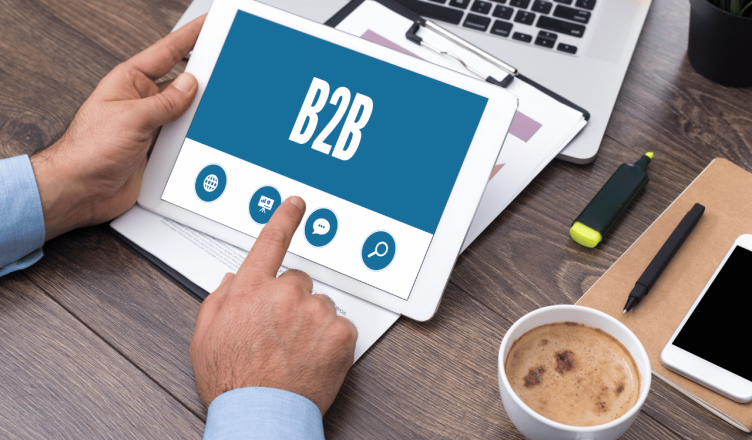Smart Lighting vs Smart Plugs: Which One Is Better?
Smart Lighting vs Smart Plugs: Which One Is Better? in today’s fast-paced world of home automation, making a decision between smart lighting vs smart plugs can feel like navigating a maze of options. Both promise convenience, energy savings, and a step into the future of connected living. But which one truly reigns supreme?
Whether you’re transforming a cozy apartment or outfitting an expansive smart home, this guide will unravel the nuances, benefits, and trade-offs of these two popular technologies.

1. Understanding the Basic
What Are Smart Lights?
Smart lighting systems are light bulbs or fixtures that connect to your home Wi-Fi or smart hub. They allow you to control brightness, color, and even schedules using a smartphone app or voice assistant. Think ambiance-on-demand.
What Are Smart Plugs?
Smart plugs are adapters that transform any traditional plug-in device—like lamps—into smart devices. Simply plug in your regular lamp, coffee maker, or fan, and control it remotely or set automated schedules.
So, when comparing smart lighting vs smart plugs, we’re essentially comparing purpose-built automation versus retrofitting.
2. Installation and Setup
Smart Lighting Setup
- Initial Setup: Many smart lights require a hub, like Philips Hue, although some (like Wyze or LIFX) connect directly to Wi-Fi.
- Time to Install: Typically under 10 minutes per bulb.
- Skill Level: Beginner to intermediate depending on whether rewiring is required.
Smart Plug Setup
- Initial Setup: Plug into wall socket, connect to Wi-Fi, and sync with an app.
- Time to Install: 2–5 minutes.
- Skill Level: Beginner-friendly.
When you weigh the installation effort in the smart lighting vs smart plugs debate, smart plugs often win on simplicity.
3. Energy Efficiency and Savings
Smart Lighting Efficiency
Smart bulbs typically use LEDs, which are inherently energy efficient. They can:
- Reduce energy usage by up to 80% compared to incandescent bulbs.
- Offer dimming capabilities, saving more electricity.
- Turn off automatically via motion sensors or schedules.
Smart Plug Efficiency
Smart plugs don’t save energy directly. Instead, they help reduce phantom loads by shutting off devices not in use—think about that old toaster or curling iron quietly sipping power.
Still, in the smart lighting vs smart plugs energy showdown, smart lighting often yields higher direct savings—especially in homes with many outdated bulbs.
4. Features and Customization
Smart Lighting Features
- Dimmable and tunable white light
- RGB color options
- Scene creation (e.g., “Relax Mode” with soft amber glow)
- Integration with routines (e.g., lights gradually turn on in the morning)
- Voice control with Alexa, Google Assistant, or Siri
Smart Plug Features
- Remote on/off toggling
- Schedules and timers
- Energy monitoring (in some models)
- Voice assistant integration
If you crave ambiance and mood-setting, smart lighting shines brighter in the smart lighting vs smart plugs matchup.
5. Compatibility and Ecosystem
Smart Lighting Compatibility
- Often part of a broader ecosystem (Philips Hue, Sengled, Nanoleaf)
- Might need a separate hub
- Supports automation scenes and routines
Smart Plug Compatibility
- Generally universal
- Easily integrates with Apple HomeKit, Alexa, and Google Home
- Doesn’t rely on a specific bulb brand
When comparing smart lighting vs smart plugs, plugs offer more versatility with existing devices, while lights provide richer experiences in ecosystems.
6. Cost Analysis: Upfront and Long-Term
Smart Lighting Costs
- Basic bulbs start at $10–$20 each.
- High-end color-changing bulbs can exceed $50.
- Additional hubs may cost $30–$60.
But you might need several bulbs to outfit a single room, pushing costs upward.
Smart Plug Costs
- Average price is $10–$25.
- One plug controls multiple lamps via power strips (with caution).
In the smart lighting vs smart plugs financial face-off, smart plugs offer better initial value. However, long-term, smart lights can pay for themselves via energy savings.
7. Use Cases: Which Works Best?
Best Use Cases for Smart Lighting
- Ambient mood control in living rooms and bedrooms
- Security lighting (timed to simulate occupancy)
- Task lighting in kitchens and home offices
- Wake-up or wind-down routines
Best Use Cases for Smart Plugs
- Making non-smart devices smart (e.g., table lamps, holiday lights)
- Automating coffee makers or fans
- Cutting vampire power consumption
- Temporary setups (e.g., dorm rooms)
So, when choosing smart lighting vs smart plugs, consider what you’re trying to automate.
8. Aesthetic Appeal
Smart lighting is clearly the winner in visual appeal. With the ability to set colors, temperatures, and tones, it can transform spaces dramatically. A purple-lit gaming room? A candlelight dinner glow? All achievable with a few taps.
Smart plugs, on the other hand, are functionally invisible. They hide behind furniture and quietly do their job. If you’re prioritizing minimalism or love a tech-free visual space, smart plugs are an understated hero.
9. Reliability and Connectivity
Smart Lighting
- More dependent on stable Wi-Fi.
- Occasional app glitches or sync issues.
- If using Zigbee or Z-Wave, signal is usually solid and secure.
Smart Plugs
- Less data traffic = fewer connection problems.
- Some may disconnect after power outages but usually recover easily.
For reliability, both hold their own, but smart plugs edge ahead slightly due to simplicity in design.
10. Voice and App Control
Both smart lighting and smart plugs integrate seamlessly with Alexa, Google Assistant, and Apple HomeKit. But their interaction styles differ.
- Smart lighting offers granular control: “Dim the dining light to 40%” or “Set the kitchen to blue.”
- Smart plugs are simpler: “Turn off the lamp.”
In the smart lighting vs smart plugs battle, lights feel more immersive, while plugs keep things straightforward.
11. Scalability: Think Bigger
If you’re scaling to multiple rooms or full-home automation:
- Smart lighting costs rise faster.
- You might hit app limitations (number of devices, groupings).
- Coordination across brands can be tricky.
Smart plugs are more scalable on a budget. You can automate room by room without needing to replace every bulb.
So, when planning a large smart home upgrade, think strategy: smart lighting vs smart plugs isn’t just about features—it’s about future expansion.
12. Sustainability and Environmental Impact
LED smart bulbs reduce carbon footprints significantly. Fewer replacements, longer life spans (up to 25,000 hours), and energy savings all contribute to a greener lifestyle.
Smart plugs play a role too. By managing energy-wasting devices, they help minimize unnecessary electricity use. Every bit counts.
Combining both? Now that’s a double win.
Final Verdict: Which Should You Choose?
Choose Smart Lighting If:
- You want dynamic color control and ambiance.
- You’re designing a smart home with multiple routines.
- You value long-term energy efficiency and sustainability.
Choose Smart Plugs If:
- You’re just starting with home automation.
- You want to keep existing fixtures.
- You prefer budget-friendly smart control.
Still can’t decide? Combine them! Use smart plugs for older lamps and devices, and smart bulbs in central fixtures. You’ll get the best of both worlds without going all in on one ecosystem.
The decision between smart lighting vs smart plugs isn’t one-size-fits-all. It depends on your lifestyle, goals, budget, and how deeply you want to integrate automation into your space.
Smart lighting dazzles with customization and mood-setting elegance. Smart plugs offer stealthy efficiency and unmatched versatility. Together, they can create a harmonious and intelligent living environment—one switch or swipe at a time.


